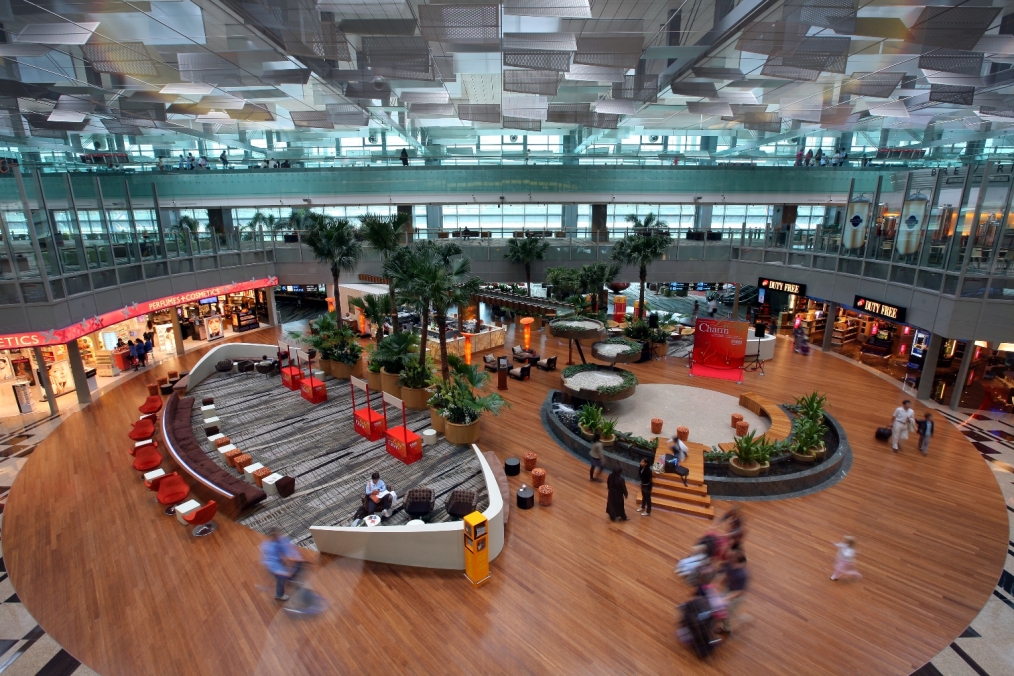
Changi's decision to close budget terminal runs risks
The most pressing issue at Changi may be runway rather than terminal congestion, says CAPA-Centre for Aviation.
Here's an analysis from Brendan Sobie, Senior Analyst at CAPA, Centre for Aviation:
*Changi’s decision to demolish a terminal providing capacity for 7 million passengers p/a could backfire as Changi risks having to operate above capacity before the opening of T4
The closure of the BT means Changi will have capacity for 66 million passengers p/a until T4 opens, down from 73 million currently. Assuming 8% growth p/a, which matches Changi’s annual average growth since Singapore’s LCC boom began in 2004, Changi will surpass the 66 million passenger mark in 2017 – meaning T4 will open just in time. But if annual growth matches the 12% average rate recorded in the last two years (Changi recorded 13% year-over-year passenger growth in 2010, 11% growth in 2011 and 12% in Jan-2012) Changi would reach 65 million passengers in 2014 and be forced to operate at above capacity levels from early 2015. At the 12% p/a growth rate, Changi would even reach the post-T4 capacity figure of 82 million in 2016 – just as T4 finally opens. Even based on the 8% p/a rate, a fifth terminal would be needed by the end of this decade as Changi would hit the 80 million passenger mark in 2019.
*Singapore needs to soon make a decision on opening the third runway
The most pressing issue at Changi may be runway rather than terminal congestion. Over the last several years, LCCs have accounted for almost all the growth at Changi Airport. As LCCs primarily operate narrowbody aircraft, this has led to higher growth in aircraft movements than passenger movements. As a result, taxi times have increased steadily and it is now common during peak periods for aircraft to queue for takeoff at Changi for over 30 minutes. Singapore needs to make a decision on opening up to commercial aircraft the third runway at Changi, which is now only used by military aircraft and belongs to the Changi airbase, to reduce the current runway congestion and provide sufficient runway capacity for future growth.
Rival Hong Kong, which also currently has two runways, decided last year to pursue construction of a third runway. Hong Kong International Airport is now only about one year ahead of Changi on the growth curve, having accommodated 53.9 million passengers in 2011 (16% more than Changi) and 333,760 movements (11% more than Changi), which is the more critical measure when it comes to determining the need for an additional runway. Hong Kong has recognised it will need a third runway to stay competitive as a leading hub. It is inevitable Singapore will come to the same decision.
(Narrowbody carriers have accounted for almost all of the growth at Changi in both movements and total passengers since 2004, when Singapore’s budget carrier boom began with the launch of Tiger and Jetstar Asia. From 2004 to 2011, total annual traffic at Changi increased by about 16 million passengers. LCCs accounted for about three-quarters of this growth, or 12 million passengers. All-narrowbody operator SilkAir has also grown its annual passenger traffic by two million passengers over this period. Other full service carriers, a mix of narrowbody and widebody operators (Gulf carriers in particular), have grown their traffic at Changi by roughly three million passengers during this period while all-widebody operator Singapore Airlines has seen its annual traffic decrease slightly, by about one million passengers per year. When measuring movements, there is a similar picture. LCCs have accounted for almost three-quarters of the increase in commercial aircraft movements since 2004 while SilkAir has accounted for roughly another 10%.)
*Third runway would give Changi more options for T4 and T5
The potential third runway, located to the east of the current airport, is currently separated from the commercial airport and is not linked to the existing two runways. But the third runway could potentially be accessed through a new fifth terminal. Given the relative isolation of the east side of Changi, it would be logical for such a terminal to be a budget terminal and accommodate at least some of Changi’s LCCs.
The opening of the third runway at Changi is a matter of if rather than when. A rapid decision, however, would give Changi more options. For example, Changi would have the flexibility to build T4 (either as a new bare bones budget terminal or hybrid terminal as now envisioned) on the east side rather than have to demolish the current Budget Terminal to make room for T4. This would allow Changi to reverse plans to close the Budget Terminal later this year and instead keep it open until T4 was completed, saving it from the crunch it now faces as total terminal capacity reduces during the interim four-year period. The Budget Terminal would not have to be demolished until 2017, at which point Terminal 5 could be constructed in its place. Regardless, a fifth terminal will likely be required by early next decade.
























 Advertise
Advertise






